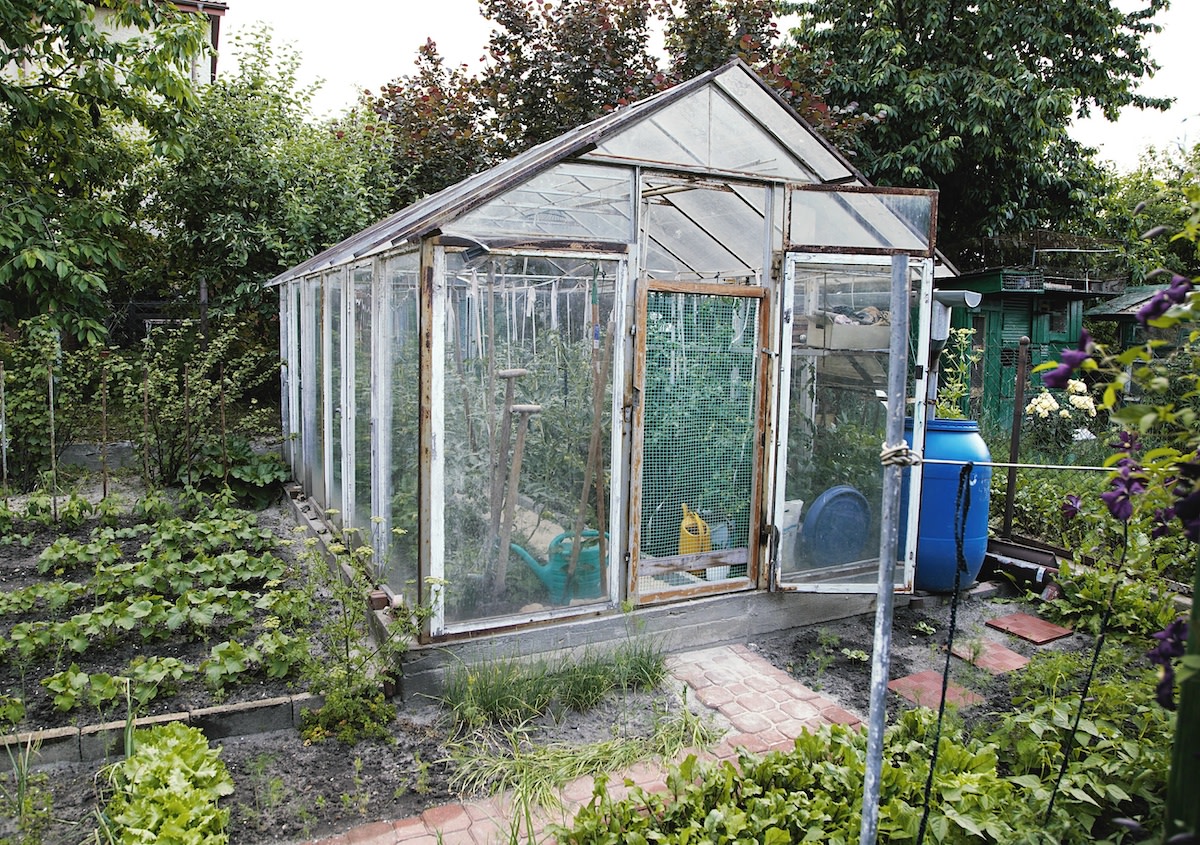How to Winterize a Greenhouse in 8 Simple Steps
Written by MasterClass
Last updated: Jan 8, 2022 • 2 min read
Cold winter winds and frosty air can threaten plants, but with a few tips, you can winterize greenhouse structures large and small to protect your plants.
Learn From the Best
What Does It Mean to Winterize a Greenhouse?
Winterizing a greenhouse means preparing it for the cold temperatures and winds of the winter season. By properly winterizing a greenhouse, you save on heating costs (if you heat your greenhouse) and ensure you'll have an intact growing space for greenhouse plants when warm air returns.
If you plan to let your growing plants overwinter in the greenhouse, you'll need to ensure the temperature never dips below sustainable levels for live fruits, flowers, and veggies. If you plan to shut down the greenhouse until the next growing season, it can tolerate more cold air but should be spared from any damage that could impact future use.
How to Winterize a Greenhouse
Growers should take the following steps to winterize their greenhouses for the year's coldest months.
- 1. Repair any panels. Whether you have glass or polycarbonate walls, make the necessary repairs to shore up their structural integrity.
- 2. Shore up your caulking and sealing. One of the biggest culprits in heat loss is drafty openings between wall panels. Use caulk or a foam sealant to block any cracks in your greenhouse structure. Make sure to caulk around the foundation, too.
- 3. Check your heating system. If you use a heating system in your greenhouse, make sure your thermostats, soil cables, space heaters, and/or generators are in good working condition. Clear any dust out of heaters or fans.
- 4. Drain any pipes that may freeze. If you are overwintering plants, plan to water them by hand. They won't need much water during their dormant months, so it's not worth risking a burst pipe.
- 5. Clean the entire greenhouse. Winterizing is a perfect excuse for cleaning and disinfecting your greenhouse. Use bleach to tackle any mildew or mold. Wash empty pots to make sure they aren't harboring any pests. Clean your walls' glazing to maximize the amount of ultraviolet radiation that reaches your plants during the winter.
- 6. Insulate with bubble wrap. Bubble wrap can double as a protective greenhouse covering that locks in warm air. Tape clear bubble wrap to the inside of your glass or polycarbonate walls.
- 7. Set up circulating fans for airflow. Whether you are operating a small greenhouse or a large one, you'll want fresh air circulation to maintain stable temperatures and humidity levels. Plan to keep these circulating fans running nonstop for the entire winter.
- 8. Place plastic sheeting around frost-susceptible plants. Use stakes to support the sheeting and ensure it comes close but doesn’t touch your plants’ leaves. Remove the sheeting as soon as temperatures rise above freezing.
Learn More
Grow your own garden with Ron Finley, the self-described "Gangster Gardener." Get the MasterClass Annual Membership and learn how to cultivate fresh herbs and vegetables, keep your house plants alive, and use compost to make your community—and the world—a better place.
